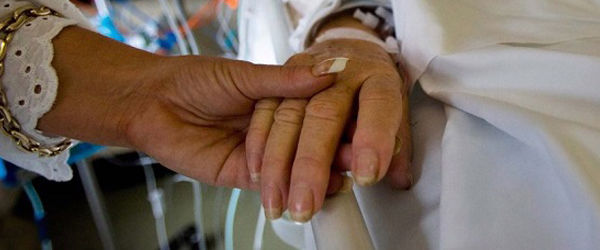When the World War II ended, this generation married, started their families and began moving out from city centers developing new communities and towns. In addition to the community development, this generation was instrumental in the growth of the Catholic Church.
They educated their children in the Catholic faith, either through the Catholic school system or what was then known as the Confraternity of Christian Doctrine. They supported the building and development of parishes and Catholic schools, helped expand Catholic colleges and universities, and joined and supported various service organizations within the Church. They witnessed the convening of the Second Vatican Council and the subsequent changes. They were the first modern generation to see married men ordained as deacons and to participate in the development of professional lay ministers.
And as they age, it is left for us to wonder: How will we pick up where these people left off? Will we move forward within the Church with the same dedication and enthusiasm? How will we pass the faith to our children as many of them did to us?
In my small town, a number of these “pillars of the Church” have passed on in recent months. Listening to eulogies spoken in their honor I am struck by how many of them are characterized as faith-filled people, strong in their beliefs. They worked tirelessly, often unquestioning in pursuit of building the church. They were true believers, supportive of their church, proud Catholics doing all they could to pass their faith to their children.
There was Jackie, wife of a deacon, who always greeted others with a positive and personal message. She had the gift of making each person she came in contact with feel good about themselves, by offering genuine concern for what was happening in that person’s life. She was a great role model for younger people.
Bridget, who long ago immigrated from Ireland, was a cheerful greeter and usher right to the last of her 90 years, leading people to the Communion line with smiles and hugs. Some thought she was perhaps “too social” during this part of the liturgy, yet she probably did more to make people feel a part of the church community than anyone realized.
Last week, I listened to adult children eulogizing their elderly mother, Maria, another woman who worked tirelessly for her parish and school community, drawing her entire family into the process. Her children spoke of her faith and her dedication to sharing that faith with others. It made me wonder if my generation could say the same.
Today’s younger generations have been characterized by the Pew Research Center as twice as likely to be unaffiliated with a church but resembling their parents in religious practice and belief. That means they do not necessarily attend Mass regularly but do observe Lenten practices. They baptize their children, yet their parents often wonder how they will raise their children in the faith without regularly attending Mass. The Holy Spirit and careful, honest assessment of our policies and practices will determine how actively involved and how devoted to the faith this generation becomes.
Every generation has its heroes and its accomplishments. To label any group as “the greatest” is always open for discussion, but there is little doubt that Tom Brokaw’s “greatest” has made its mark on modern society, and on the Catholic Church. They leave their children and grandchildren a legacy of faith and devotion that is priceless.
Anne Hansen is a member of the Camarillo Catholic community. Her e-mail address is [email protected]. See www.jrji.org for more information.

